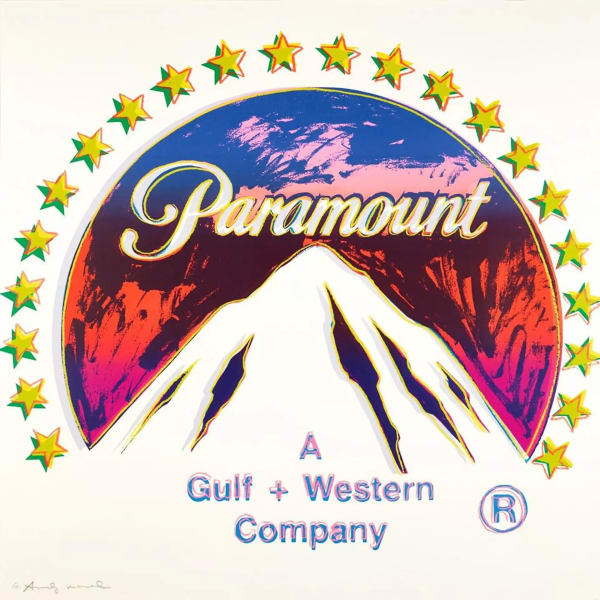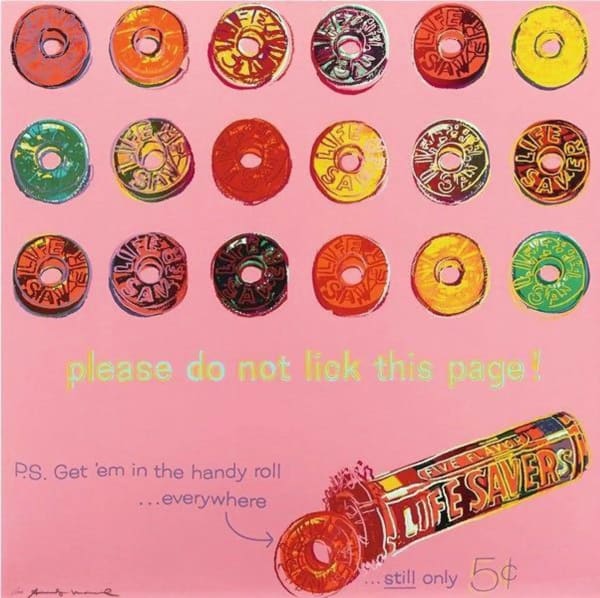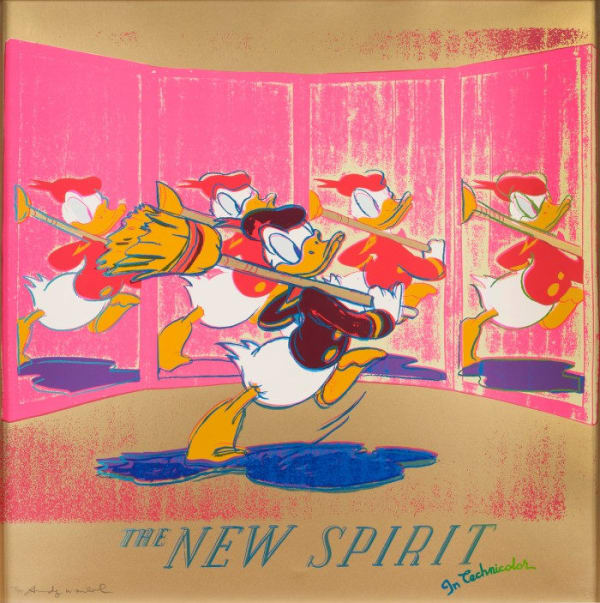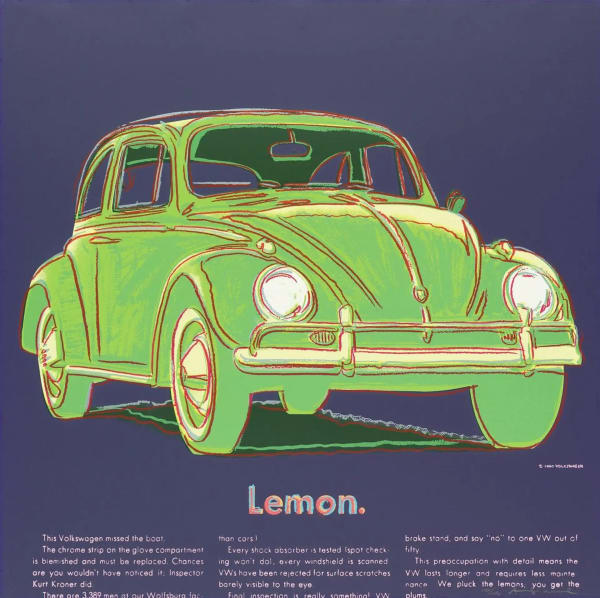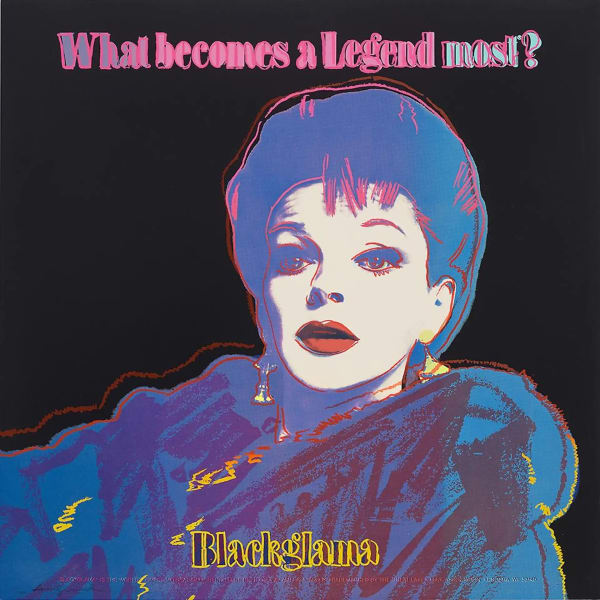Andy Warhol’s Images of Life begin where most art had rarely looked with such intensity: the ordinary surfaces of modern America. He drew from the hum of television, the churn of magazines, the gloss of advertising, and the bright, repeatable packages lining supermarket shelves. Celebrity culture offered him public faces already rehearsed for the camera; consumer goods supplied forms already perfected for mass appeal.
Repetition was his grammar. Serial images flatten hierarchy and invite comparison, allowing minor shifts of color or registration to assume major significance. Warhol did not simply mirror his era; he engineered a system for showing how images circulate, acquire value, and lodge in collective memory.
Color was his amplifier. Acid pinks, industrial blues, and flooded yellows lift faces and logos out of time, making them less portraits or products than signals—readable across cultures, eras, and markets. In this way, Warhol collapsed distinctions between high and low, news and advertisement, icon and commodity.
Warhol’s images have transcended their moment because they picture not just people and things, but the systems that make them famous, desirable, and endlessly reproducible. They are icons in their own right—and a mirror held up to how icons are made.


